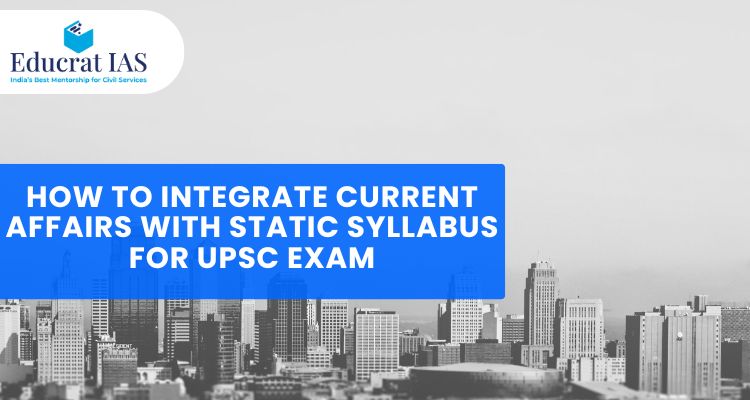Are you planning to appear for UPSC 2025? Whether you’re aiming for IAS, IPS, IFS, CDS, NDA, ESE, or other civil service roles, now is the time to start strong. The UPSC Exam Calendar 2025 is officially out, and it’s more than just dates—it’s your roadmap to cracking India’s toughest competitive exams.
In this blog, we’ll break down the complete UPSC schedule for 2025, help you understand what each exam means, and guide you on how to start preparing now. If you’re serious about UPSC, bookmark this post and begin your journey the right way.
🔗 Explore our free resources and UPSC updates at EducratIAS.com
Now that the UPSC Exam Calendar for 2025 is officially out, it’s the perfect time to align your preparation strategy, resources, and test plans. In this blog, we’ll walk you through the important dates, exams, and how to plan your studies accordingly.
🔗 View the official exam calendar PDF here
Why the UPSC Calendar 2025 Is So Important
Let’s face it—UPSC is all about timing and planning. The syllabus is vast, and the pressure is real. If you’re aiming to crack it, you can’t afford to be surprised by exam dates or rushed into applying at the last minute.
Here’s why the UPSC calendar matters:
- It helps you build a realistic timeline for your studies.
- You can target the right topics at the right time.
- You’ll never miss application deadlines.
- It lets you balance Prelims and Mains preparation smartly.
Planning ahead is one of the top traits shared by UPSC toppers, and this calendar will help you do just that.
Complete UPSC Exam Schedule 2025 – Key Dates You Must Know
Here’s a detailed breakdown of the most important exams mentioned in the official UPSC calendar for 2025:
1. UPSC Civil Services Examination (CSE) 2025
This is the exam that selects India’s top bureaucrats—IAS, IPS, IFS, IRS, and more.
- Prelims Notification: 22 January 2025
- Last Date to Apply: 11 February 2025
- Prelims Exam Date: 25 May 2025 (Sunday)
- Mains Exam Date: 22 August 2025 (Friday)
- Duration: 5 days
If this is your target exam, your preparation should already be in motion.
Start smart with our Prelims Test Series
Get edge in writing with our Mains Value Addition Material
2. Indian Forest Service (IFS) Examination 2025
The IFS exam shares the same Prelims as Civil Services but has a separate Mains exam for science background candidates.
- IFS Prelims: 25 May 2025 (with CSE Prelims)
- IFS Mains: Starts from 16 November 2025
- Duration: 7 days
Ideal for B.Sc., B.Tech., and related degree holders interested in environmental or forest services.
3. Engineering Services Exam (ESE) 2025
This is for engineers looking to join Group A services in Railways, CPWD, and other technical departments.
- Prelims Exam Date: 9 February 2025
- Mains Exam Date: 22 June 2025
Stay on track with current affairs curated for ESE
4. Combined Defence Services (CDS) Exam 2025
If you dream of serving the nation in the Army, Navy, or Air Force, this is for you.
- CDS (I) Exam: 13 April 2025
- CDS (II) Exam: 14 September 2025
5. National Defence Academy (NDA) Exam 2025
This is for young aspirants right after Class 12 who want to join the armed forces.
- NDA (I) Exam: 13 April 2025
- NDA (II) Exam: 14 September 2025
6. Combined Medical Services (CMS) Exam 2025
For MBBS graduates looking to serve in government medical services.
- Exam Date: 20 July 2025
- Application Begins: 19 February 2025
7. IES/ISS Exam 2025
This is for candidates with a background in statistics or economics.
- Notification: 12 February 2025
- Exam Start Date: 20 June 2025
- Duration: 3 days
How to Prepare for UPSC Exams Based on the 2025 Calendar
The earlier you start, the better your chances of success. Here’s a practical and easy-to-follow preparation roadmap:
Step 1: Begin with NCERTs & Basic Foundation
Start with standard NCERT books for History, Polity, Economy, and Environment. These form the core of the Prelims and GS Mains syllabus.
Step 2: Integrate Prelims and Mains Prep
Don’t treat Prelims and Mains as separate. Instead, prepare topics together—especially static portions like Modern History, Polity, Geography, and Environment.
Step 3: Stay Updated with Current Affairs
Current affairs remain crucial across all UPSC exams. Use our Educrat IAS Current Affairs Magazine to stay up-to-date with daily events, government schemes, international affairs, and PIB updates.
Step 4: Join a Test Series Early
Mock tests simulate real exam pressure and boost confidence. They also help you identify weak areas.
Explore our Prelims Test Series designed by subject experts.
Step 5: Practice Answer Writing from Day One
Answer writing is the soul of UPSC Mains. Begin with small questions and work up to full-length tests.
Check out our Model Answers to improve structure and clarity.
Important Tips to Keep in Mind
- Set deadlines based on the UPSC calendar, not vague goals.
- Revise consistently. The human brain forgets easily without repetition.
- Make short notes while reading. These will help you during final revision.
- Don’t skip CSAT—it’s qualifying, but many get eliminated here.
- Stay consistent. Daily efforts beat last-minute rushes.
Final Words: Make 2025 Your Year to Crack UPSC
The UPSC Exam Calendar 2025 gives you a clear window to success. Now, it’s your turn to make the most of it. Use this time to plan, prepare, and progress confidently toward your goal.
With the right guidance, curated materials, and a personalized strategy, nothing is out of reach.
At Educrat IAS, we’re committed to helping you not just prepare, but excel. Whether you’re aiming for the CSE, IFS, or other services, our team of educators and mentors are always here for you.
🔗 Visit https://educratias.com/ and let’s take your UPSC journey forward—together.






